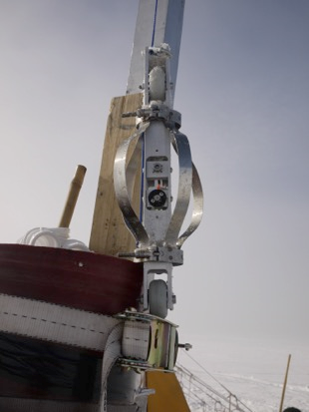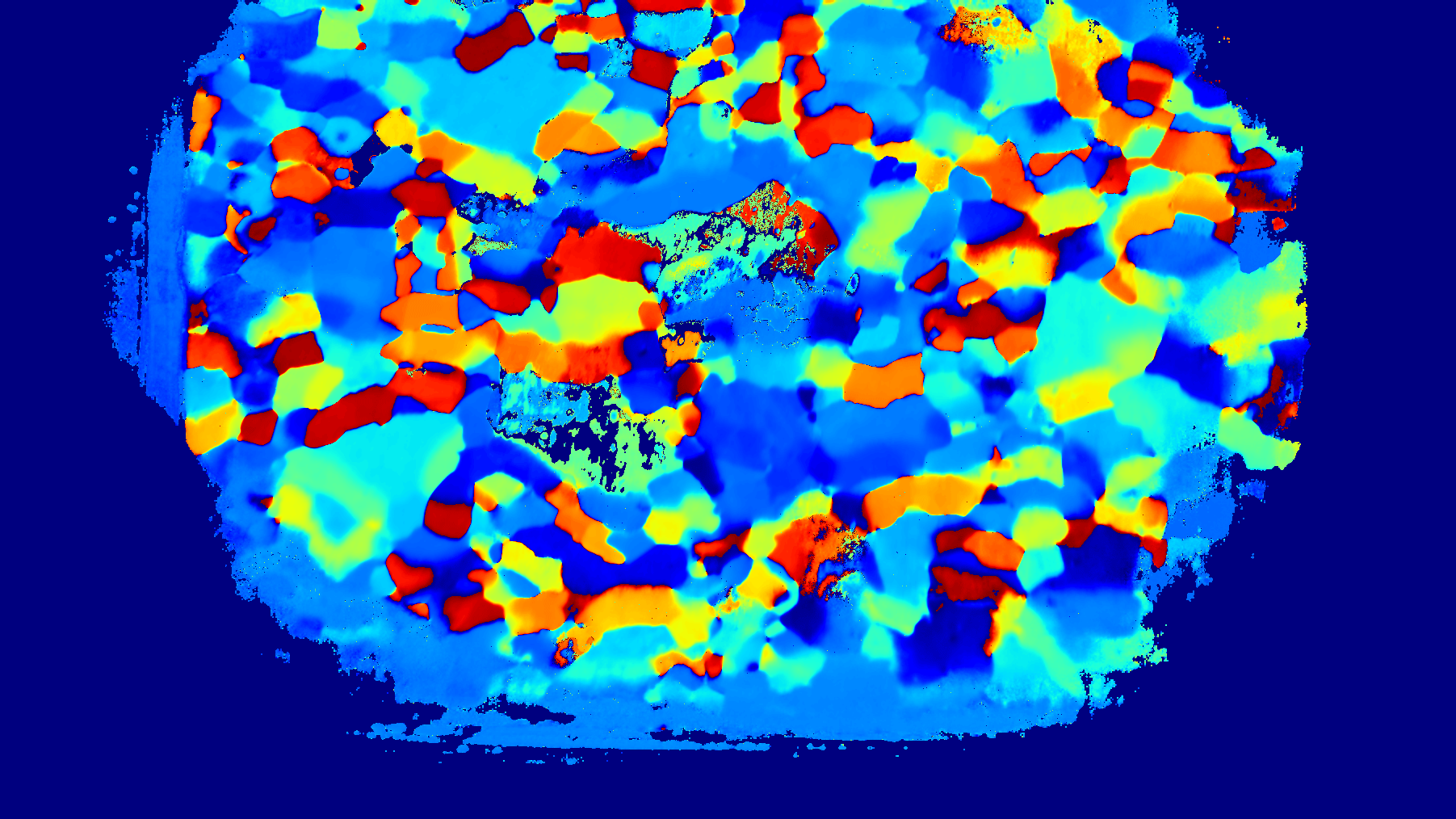This is an incomplete draft undergoing editing. Images have yet to be resized and will be on the large side for now. Apologies for the load times!
##Optical Characterization of Glacial Ice The sheets of glacier ice which blanket Greenland and Antarctica are built up over millennia, and frozen within them are tiny bubbles of ancient atmosphere, layers of ash from volcanic eruptions, meteorite impacts that predate human history, and other artifacts of times long past. The ice moves and distorts under the pressure of its own colossal weight, eventually flowing outward to the edges of the land mass and calving away in icebergs that float out to sea.

The most common way to study this ice is to drill it out and bring it to a laboratory. This is done using drilling technologies that are not too different from those used to extract oil and other fossil fuels from rock strata. The drills carve out an ice core, which is a series of hundreds of ice cylinders each about four to six inches in diameter and about a yard long. The cores are often shipped to a central repository, where researchers can access and work on part or all of the core. The borehole is filled with a suitable fluid (so the hole won’t close under the enormous pressure of the ice), and remains open for researchers to utilize.

This is where our research group comes in. One of the most powerful methods for dating deep ice in the Polar Regions uses optical borehole logging, where an instrument is gradually lowered into a hole drilled into the ice and continually sends laser illumination out the side of the instrument. The laser light is scattered back from impurities in the ice, and the pattern of the scattered light versus depth gives critical information about the presence and timing of events such as ancient volcanic eruptions. Our group has developed new logging technology to increase the resolution of borehole measurements. A low resolution measurement will often see many events spaced over many years as a single signal, whereas high resolution can potentially distinguish individual events down to a single year.
One of our instruments is a lightweight, optical-fiber-based logger to measure ash layers in shallow and intermediate depth boreholes (about 10-300 meters). This logger weighs only a few pounds and could easily be fit in a backpack. With appropriate packaging of the associated power supplies and lengths of fiber, this system could provide an excellent means of accessing ash layers by small teams in quickly drilled shallow boreholes and in moulins (holes produced by glacial meltwater) or warped boreholes.

The reasons for the high resolution of this logger are two-fold. The logger is designed so that the ports of laser emission and detection are within approximately 1cm of one another. In addition, the wavelength of the laser light source is 808 nm, which was chosen so that the absorption length of the light in the ice is comparable to the scattering distance at the logging depths. This prevents dispersal of the light by scattering that would reduce the resolution of the logger.
Two group members traveled to Siple Dome in Antarctica during the ’13-’14 field season. After logging, we analyzed data from the fiber-optic logger, which measured the upper 300 m of the Siple Dome borehole. The logger turned out to provide the highest resolution optical logging ever performed. Most excitingly, this data was found to have extremely high correlations with research on the chemically determined sulfate spikes in ice cores from the logging region. Sulfate spikes are a common chemical signature of volcanic eruptions when ice is melted and examined chemically. Twenty out of the twenty-seven spikes in optical backscattering corresponded to depths that matched with the sulfate signals of Kurbatov, et. al., as shown in the figure below. This indicates that optical logging can have the resolution necessary to isolate specific volcanic events even when they do not dominate the background or other events in chronological proximity.

The ability to resolve individual volcanic events enables further advances in optical logging to classify eruptions by tephra composition, conductivity, and particle shape. This would guide glaciologists and volcanologists rapidly to the eruptions of global impact or other scientific interest and dramatically reduce the need to painstakingly chemically analyze core from uninteresting regions.
###Fabric
To be continued
 |
|
|---|---|
| A thin section viewed under red illumination through a spinning polarizer will have crystals of different orientation peak in intensity at different polarization angles… | …which can be processed into maps of crystal orientations. |






